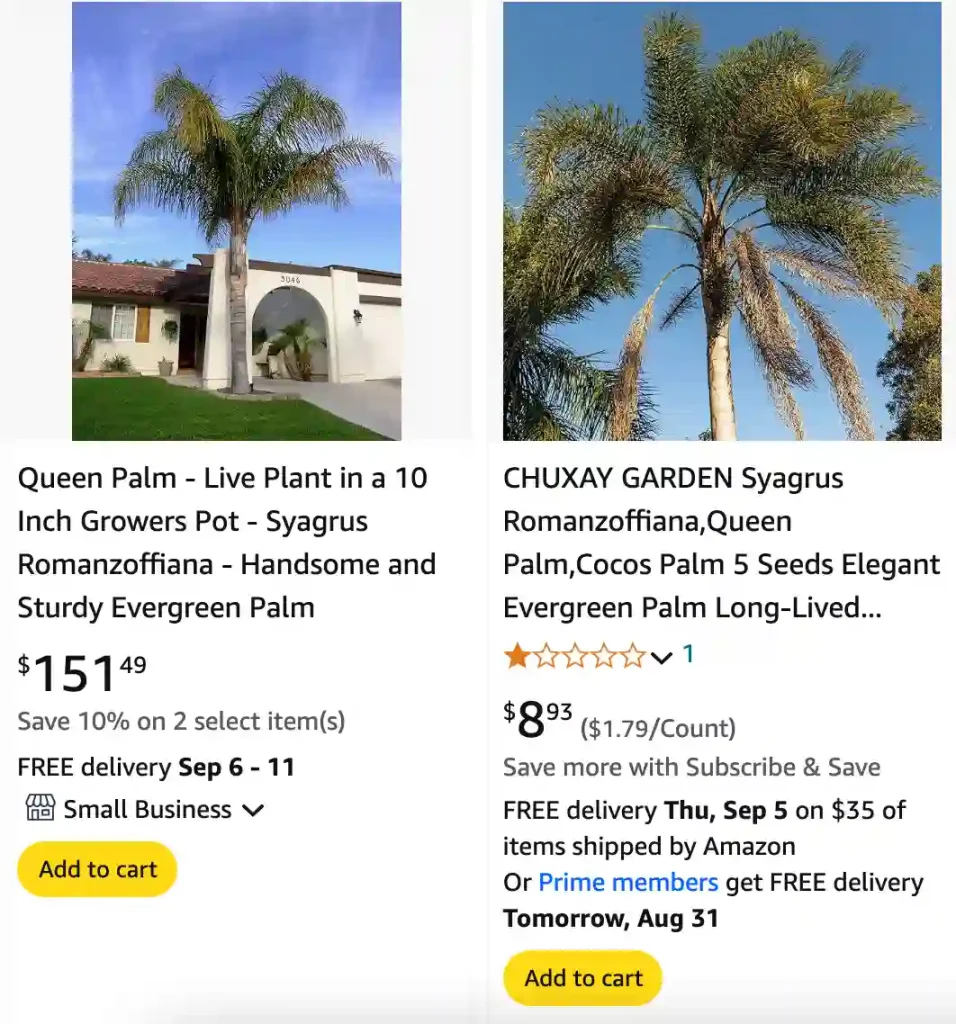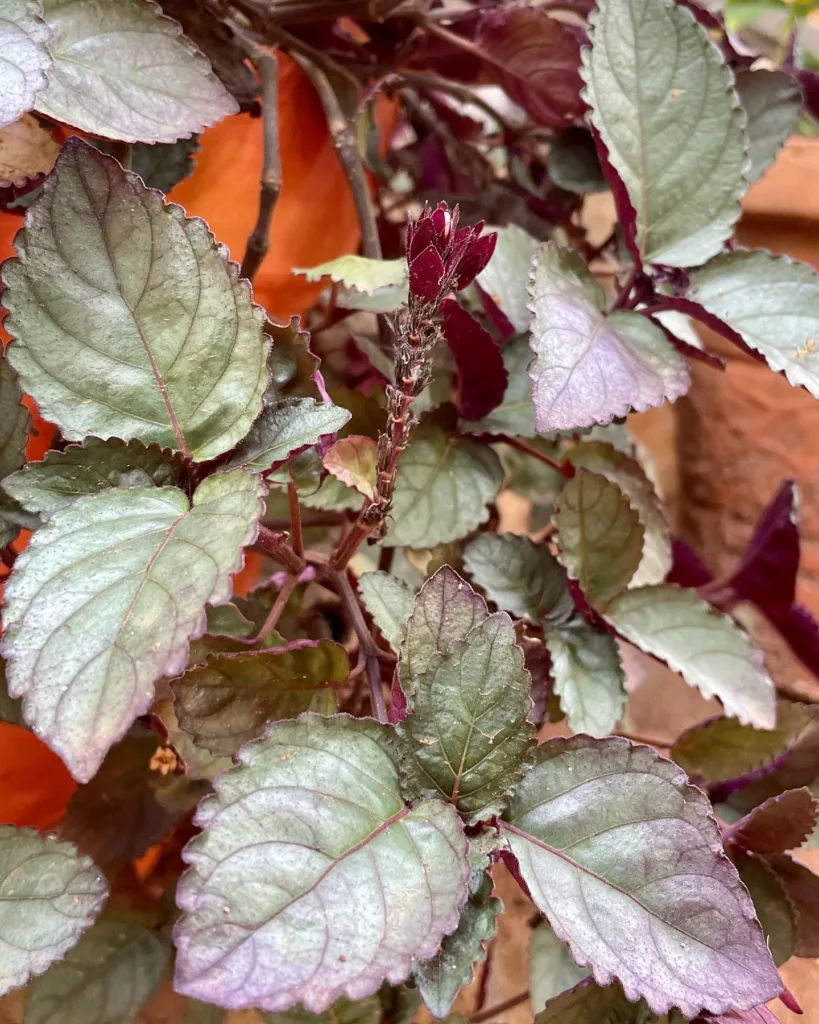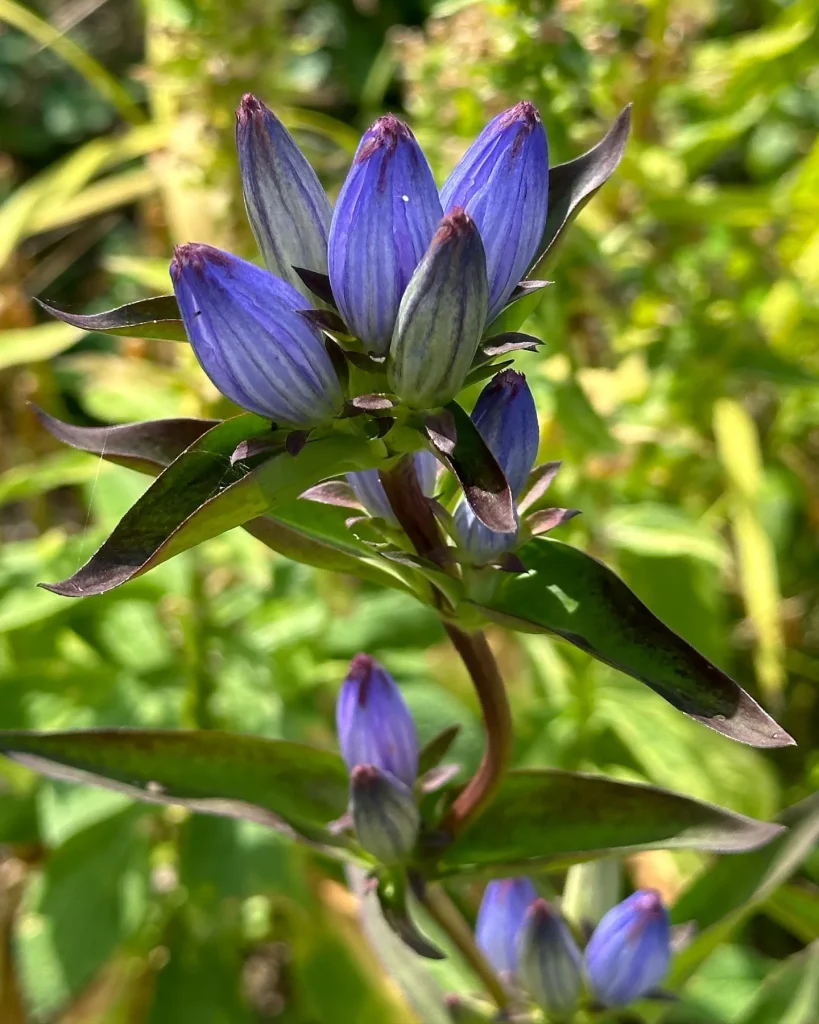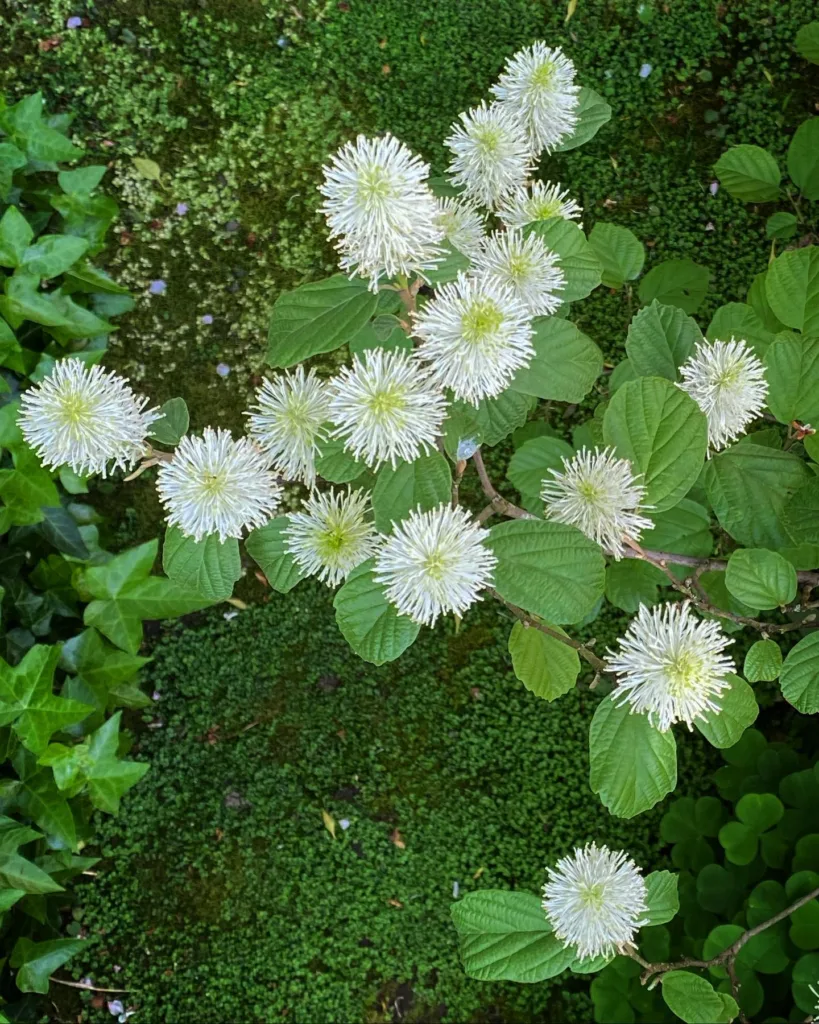
Syagrus Romanzoffiana: Frequently Asked Questions
When I first encountered Syagrus Romanzoffiana, also known as the Queen Palm, I was intrigued by its elegant appearance and tropical charm. Over time, I’ve gathered a wealth of knowledge about this stunning palm, and I’m excited to share answers to some of the most frequently asked questions. If you’re considering adding a Queen Palm to your garden or home, here’s everything you need to know.
What Is Syagrus Romanzoffiana?
Syagrus Romanzoffiana, commonly referred to as the Queen Palm, belong to the Arecaceae family, is a majestic palm tree native to South America. It’s known for its graceful, feathery fronds and slender trunk. This palm can grow up to 50 feet tall, making it a striking focal point in any landscape. Its attractive appearance, combined with its adaptability, makes it a popular choice for both residential and commercial settings.
Plant Family: 184 Genera in Arecaceae
How to Care for Syagrus Romanzoffiana?
Caring for Syagrus Romanzoffiana is relatively straightforward once you understand its basic needs. Here’s a guide to keep your Queen Palm thriving:
- Sunlight: Queen Palms thrive in full sun to partial shade. Ideally, they should receive at least 6 hours of direct sunlight each day. In shadier conditions, growth may be slower, and the palm might not reach its full potential height.
- Soil: This palm prefers well-draining soil. While it can tolerate various soil types, it’s crucial to ensure proper drainage to prevent root rot. Sandy loam or a mix with good drainage properties works best.
- Watering: Regular watering is essential, especially during the growing season. However, it’s important not to overwater. Allow the top inch of soil to dry out between waterings. During cooler months, reduce watering frequency.
- Fertilizing: Feed your Queen Palm with a balanced fertilizer every 6-8 weeks during the growing season (spring and summer). A palm-specific fertilizer with micronutrients can help maintain healthy growth and vibrant foliage.
- Pruning: Minimal pruning is needed, mainly to remove dead or yellowing fronds. Avoid cutting the palm’s green fronds, as they are vital for the tree’s health.
How Do You Treat Syagrus Romanzoffiana?
Treating Syagrus Romanzoffiana involves addressing common issues such as pests and diseases:
- Pests: Queen Palms can be susceptible to pests like palm mites, scale insects, and mealybugs. Regular inspection is key. If you spot pests, use insecticidal soap or neem oil to manage the infestation.
- Diseases: The most common disease affecting Queen Palms is Fusarium wilt, which can cause yellowing and wilting of the fronds. To prevent this, avoid overwatering and ensure good soil drainage. If Fusarium wilt occurs, remove affected fronds and improve soil conditions.
How to Propagate Syagrus Romanzoffiana?
Propagating Syagrus Romanzoffiana is typically done through seeds. Here’s a step-by-step guide:
- Seed Collection: Obtain seeds from a healthy, mature Queen Palm. Ensure the seeds are fresh and viable.
- Seed Preparation: Soak the seeds in water for 24 hours before planting. This helps to soften the seed coat and improve germination rates.
- Planting: Plant the seeds in a well-draining potting mix, about 1 inch deep. Keep the soil consistently moist but not waterlogged.
- Germination: Place the pot in a warm, sunny location. Germination can take several weeks to a few months. Once the seedlings are large enough, transplant them into larger pots or directly into the ground.
What to Plant With Syagrus Romanzoffiana?
Queen Palms pair well with a variety of plants, enhancing the overall aesthetic of your landscape. Consider planting:
- Tropical Ferns: These add a lush, green backdrop and complement the palm’s elegant fronds.
- Ornamental Grasses: Varieties like Pampas Grass or Fountain Grass create a dynamic contrast.
- Flowering Plants: Bright, colorful blooms such as hibiscus or bougainvillea add vibrant accents.
Can You Grow Syagrus Romanzoffiana Indoors?
Growing Syagrus Romanzoffiana indoors can be challenging due to its size and light requirements. While it’s technically possible to grow a young Queen Palm indoors, it requires a large space with ample sunlight. If you have a bright, sunny room and the ability to provide enough space for the palm’s growth, it can be a stunning indoor plant. However, for most people, outdoor cultivation is more practical.
Is Syagrus Romanzoffiana Toxic?
Syagrus Romanzoffiana is not considered toxic to humans or pets. However, it’s always a good idea to monitor pets and children around plants, as ingesting large quantities of any plant material can cause discomfort or digestive issues.
Benefits of Syagrus Romanzoffiana
Queen Palms offer several benefits:
- Aesthetic Appeal: Their graceful, feathery fronds and tall stature make them a striking addition to landscapes.
- Shade: The dense foliage provides excellent shade, making it ideal for creating a cool, comfortable outdoor space.
- Low Maintenance: Once established, Queen Palms require minimal care compared to other palm species.
Common Problems with Syagrus Romanzoffiana
Despite its robustness, Queen Palms can face a few issues:
- Nutrient Deficiencies: Symptoms like yellowing fronds may indicate a lack of essential nutrients. Regular fertilization helps prevent this.
- Root Rot: Poor drainage can lead to root rot. Ensure proper soil and drainage to avoid this issue.
- Pest Infestations: As mentioned earlier, pests like mites and scale can affect the palm. Regular checks and treatment are essential.
Comparison with Similar Palms
When comparing Syagrus Romanzoffiana with other palms, such as the Royal Palm (Roystonea regia) or the Areca Palm (Dypsis lutescens), the Queen Palm stands out for its slender trunk and feathery fronds. The Royal Palm is more massive and has a thicker trunk, while the Areca Palm is smaller and bushier. Each palm has its unique characteristics and ideal uses, but the Queen Palm is particularly admired for its elegance and adaptability.
In summary, Syagrus Romanzoffiana, or the Queen Palm, is a beautiful and versatile palm that can enhance any garden or landscape. By understanding its care requirements, propagation methods, and potential issues, you can ensure that this regal palm thrives and continues to add beauty to your environment.



